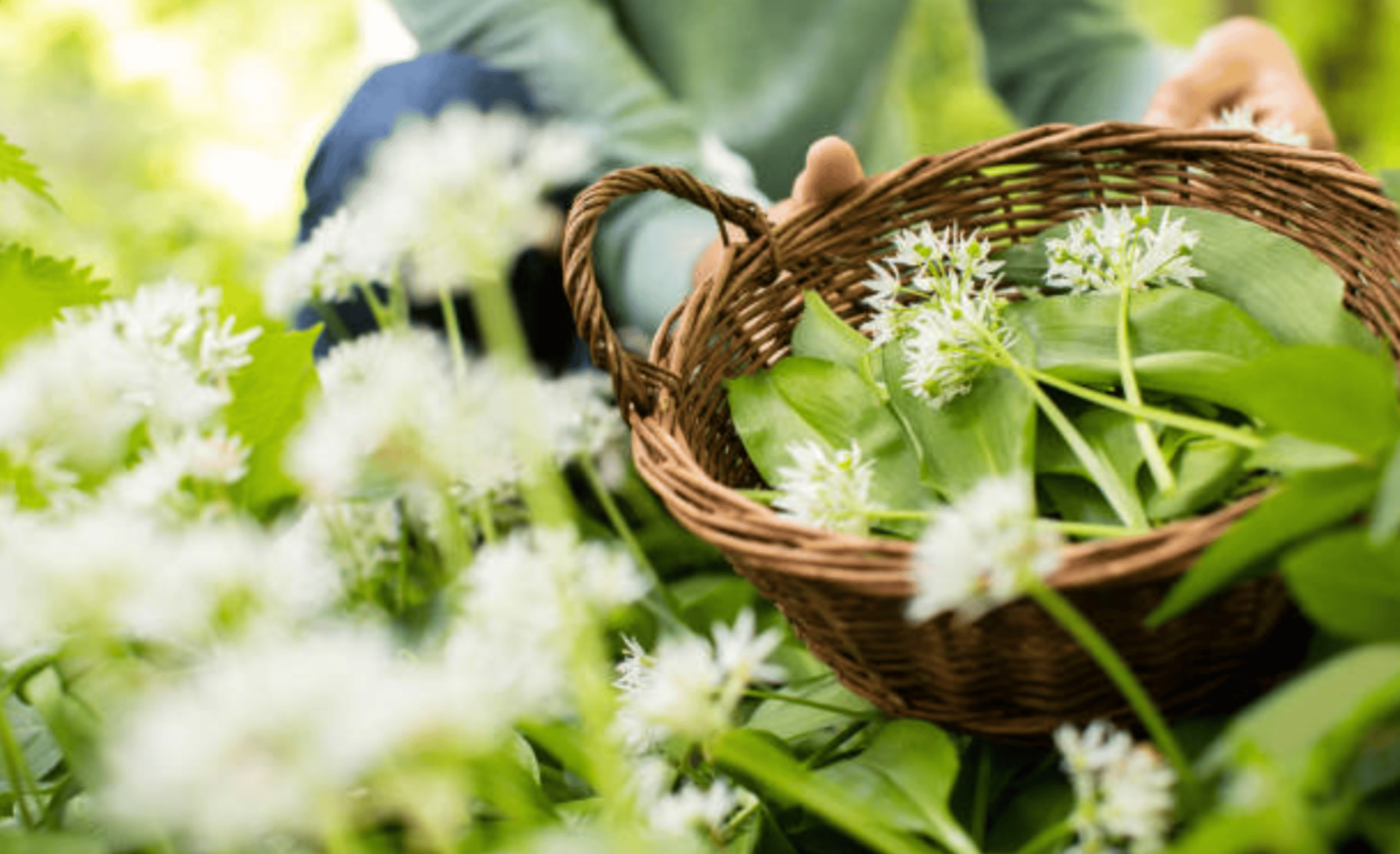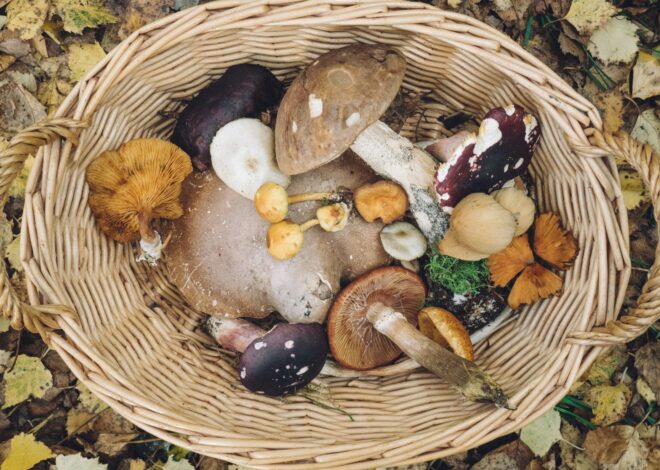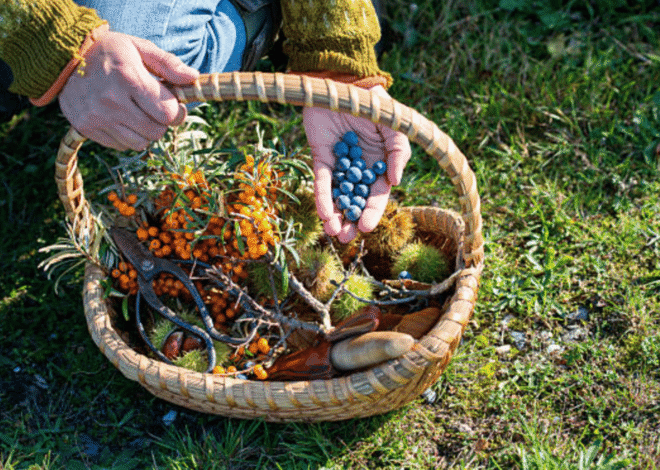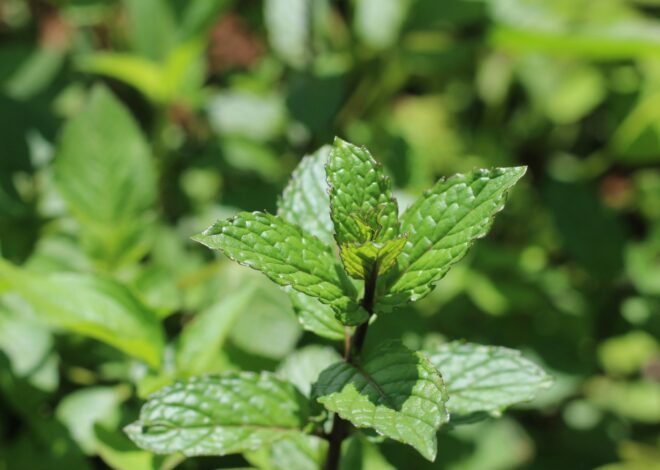
How To Forage For Herbs
Whether you’re an experienced chef or just someone looking to spice up your meals, learning how to forage for herbs can transform your culinary experience—and it’s easier than you might think! Foraging for herbs is like stepping into a natural treasure hunt.
Picture this: you’re wandering through lush green landscapes, inhaling the earthy scents of nature while discovering culinary gems hidden among the wild flora. In recent years, more people are embracing this age-old practice, tapping into their primal instincts to connect with the earth and enhance their cooking.
Grab your basket and get ready; we’re about to embark on a flavorful adventure that will change how you view everyday ingredients forever!
What is Foraging and Why is it Popular?
Foraging is the act of searching for and gathering wild food resources. It taps into our primal instincts, connecting us to nature in an authentic way. This age-old practice has gained traction as people seek sustainable and organic alternatives to store-bought products.
The rise of the farm-to-table movement has fueled interest in foraging. More individuals want to know where their food comes from, leading them outdoors in search of herbs, mushrooms, and other edibles. Social media platforms have also played a crucial role in popularizing this trend. Stunning photos of foraged dishes inspire many to try their hand at harvesting wild ingredients.
Additionally, foraging offers a sense of adventure and discovery that resonates with those craving new experiences. Whether it’s exploring local parks or hiking trails, it invites curiosity while promoting mindfulness about what we consume.
Essential Tools for Foraging
When venturing into the wild to forage for herbs, having the right tools can make all the difference. Start with a sturdy basket or cloth bag to collect your finds. This keeps your herbs fresh and allows airflow. A good pair of gloves is essential too.
They protect your hands from thorns or irritating plants while providing a better grip on slippery stems. Consider investing in a field guide specific to local edible plants. These guides offer invaluable knowledge about what’s safe and what isn’t, helping you avoid any potential mishaps.
A small knife or scissors will come in handy for cleanly cutting herbs without damaging their roots. Additionally, bring along a notebook for jotting down observations or recipes that inspire you during your journey. With these essentials in hand, you’re well-equipped to explore nature’s bounty!
4 Essential Rules for Safe Foraging:
Rule #1
Foraging can be an exciting adventure, but safety should always come first. Start by learning to identify the plants you want to forage. Use a reliable guidebook or a plant identification app to avoid any confusion.
Rule #2
Always forage in safe areas. Stay away from places that may have been treated with pesticides or chemicals, such as roadside edges and industrial sites. Nature reserves and organic farms are usually better choices.
Rule #3
Never harvest more than you need. This practice ensures that wild populations continue to thrive for future foragers. It also allows others the joy of discovering these natural treasures.
Rule #4
If you’re unsure about a herb’s edibility, don’t taste it! Some plants can be toxic even in small quantities. Trust your instincts—when in doubt, leave it out and keep exploring until you’re confident about what you’re picking.
Common Herbs Found in the Wild
Exploring the wild can unveil a treasure trove of culinary delights. Many herbs thrive in natural environments, offering unique flavors and health benefits. One common herb is wild garlic, identifiable by its distinct onion-like aroma. Its leaves and flowers are edible, making it perfect for salads or pesto.
Another gem is dandelion. Often overlooked as a weed, every part of this plant is useful—from the roots to the vibrant yellow flowers. The leaves add a delightful bitterness to dishes. Chickweed also makes an appearance in grassy areas. This tender herb has a mild flavor that complements salads wonderfully.
For those seeking something zesty, look out for purslane. With its succulent leaves and tangy taste, it’s great in salsas or sprinkled over tacos. Each visit into nature reveals more about these remarkable plants waiting to be discovered and enjoyed!
Best Places to Forage for Herbs
When seeking out the best places to forage for herbs, start with your local parks and nature reserves. These areas often boast a variety of wild plants, from spicy mustard greens to fragrant mint. Look near streams or rivers; the moist soil supports lush growth.
Coastal regions are also treasure troves of unique herbs like sea purslane, which thrives in salty environments. Don’t overlook urban settings! Community gardens can be filled with edible weeds and herbs that thrive amidst cultivated plants. Visit abandoned lots where nature has reclaimed space.
You may discover unexpected gems such as dandelion leaves or chickweed. Always pay attention to seasonal changes. Some herbs flourish during specific months, making timing crucial for a successful foraging adventure. Being aware of these hotspots enhances your chances of gathering flavorful finds while enjoying the great outdoors.
Which Herbs are Safe to Forage?
When foraging for herbs, knowledge is your best tool. Certain plants are safe to pick and enjoy, while others can pose risks. Stick with familiar options that have a long history of use. Common edible herbs include dandelion, wild garlic, and nettle.
Dandelions are everywhere and every part is usable—from root to flower. Wild garlic has a distinct aroma that’s hard to miss, making it easy to identify. Nettle might sting when touched but becomes delicious once cooked. Its leaves can be used in soups or teas. Look out for plantain and chickweed as well; both offer unique flavors and nutritional benefits.
Always prioritize clear identification before tasting any herb from the wild. Understanding local flora will boost your confidence in selecting safe options during your adventures. Always cross-reference with reliable guides or apps dedicated to edible plants—this ensures you’re making informed choices while enjoying nature’s bounty.
How to Properly Harvest and Store Foraged Herbs
When harvesting foraged herbs, timing is key. Pick them in the morning after the dew has dried but before the sun hits its peak. This way, you’ll capture their essence and flavor at their best. Use clean scissors or shears to snip off sprigs gently. Avoid pulling plants from their roots; this allows them to continue growing for future harvests.
After gathering your bounty, shake off any dirt and lay the herbs flat on a clean towel to dry briefly. Storing your herbs properly ensures longevity. For short-term use, place fresh herbs upright in a glass of water like flowers and cover loosely with a plastic bag.
In cooler weather, refrigerate them wrapped in damp paper towels inside an airtight container. For long-term storage, consider drying or freezing your herbs. Air-drying works well for tough leaves while delicate ones can be chopped and frozen in ice cube trays filled with water or oil.
How to Identify Edible Herbs in the Wild
Identifying edible herbs in the wild can be an exhilarating adventure. Start by familiarizing yourself with common species found in your area. Books, apps, and local workshops are great resources. Observe the plant’s characteristics closely. Look at its leaves—shape, size, and texture all matter.
Take note of flower colors and seasonal growth patterns too. Smell is another key indicator; many edible herbs have distinct scents that set them apart from toxic varieties. A simple rub between your fingers can reveal aromatic hints.
Always cross-reference multiple sources for identification before tasting any herb. Even experienced foragers make mistakes. When unsure about a plant’s edibility, consult local experts or join a community group focused on foraging to share knowledge and experiences together.
Sustainable Practices for Foraging
Sustainable foraging is all about respecting nature while enjoying its bounty. When you gather herbs, always take only what you need. This practice helps maintain plant populations and allows them to thrive. Consider using a well-defined method for harvesting.
Instead of uprooting plants, snip off leaves or stems. This encourages regrowth and ensures the herb can continue to flourish in its environment. Stay aware of your surroundings too. Avoid areas that may have been treated with pesticides or other chemicals.
These substances can contaminate the herbs you’re collecting, posing health risks. Educate yourself on local ecosystems as well. Understanding seasonal cycles will help you know when certain herbs are at their peak without causing harm to their habitat.
Leave no trace behind after foraging—pack out any trash and tread lightly on the land so future generations can enjoy these natural resources just like you did.
Recipes Using Wild Herbs
Wild herbs can elevate your culinary creations with their fresh, vibrant flavors. Imagine a simple pasta dish transformed by a handful of freshly foraged wild garlic or a salad brightened with peppery arugula. Try making pesto using wild basil and nuts.
Blend them together with olive oil and Parmesan for an aromatic sauce that’s perfect on pasta or as a dip. For breakfast, consider adding chopped dandelion greens to scrambled eggs. The slight bitterness pairs wonderfully with creamy textures.
Herbal teas are also an excellent way to enjoy what you’ve gathered. Infuse boiling water with mint or chamomile flowers for soothing drinks any time of day. Experimenting is key here. Combine various herbs in marinades, soups, and dressings to discover new flavor profiles unique to your local environment!
Conclusion: The Benefits of Foraging for Herbs
Foraging for herbs offers a unique blend of adventure and culinary delight. It allows you to connect with nature, discover new flavors, and embrace the art of sustainability. By gathering wild herbs, you can enhance your meals while reducing reliance on store-bought products.
The health benefits are significant too. Freshly foraged herbs often contain more nutrients than their cultivated counterparts. Plus, self-sourcing encourages mindfulness about what we consume and where it comes from.
As you delve into this practice, you’ll develop a deeper appreciation for local ecosystems and seasonal cycles. The joy of discovering hidden gems in your environment adds excitement to everyday life.
Whether you’re adding wild thyme to your roast or infusing nettles into soup, each herb tells a story rooted in nature’s abundance. This journey not only enriches your palate but also connects you to the land around you—making every meal an experience worth savoring.



